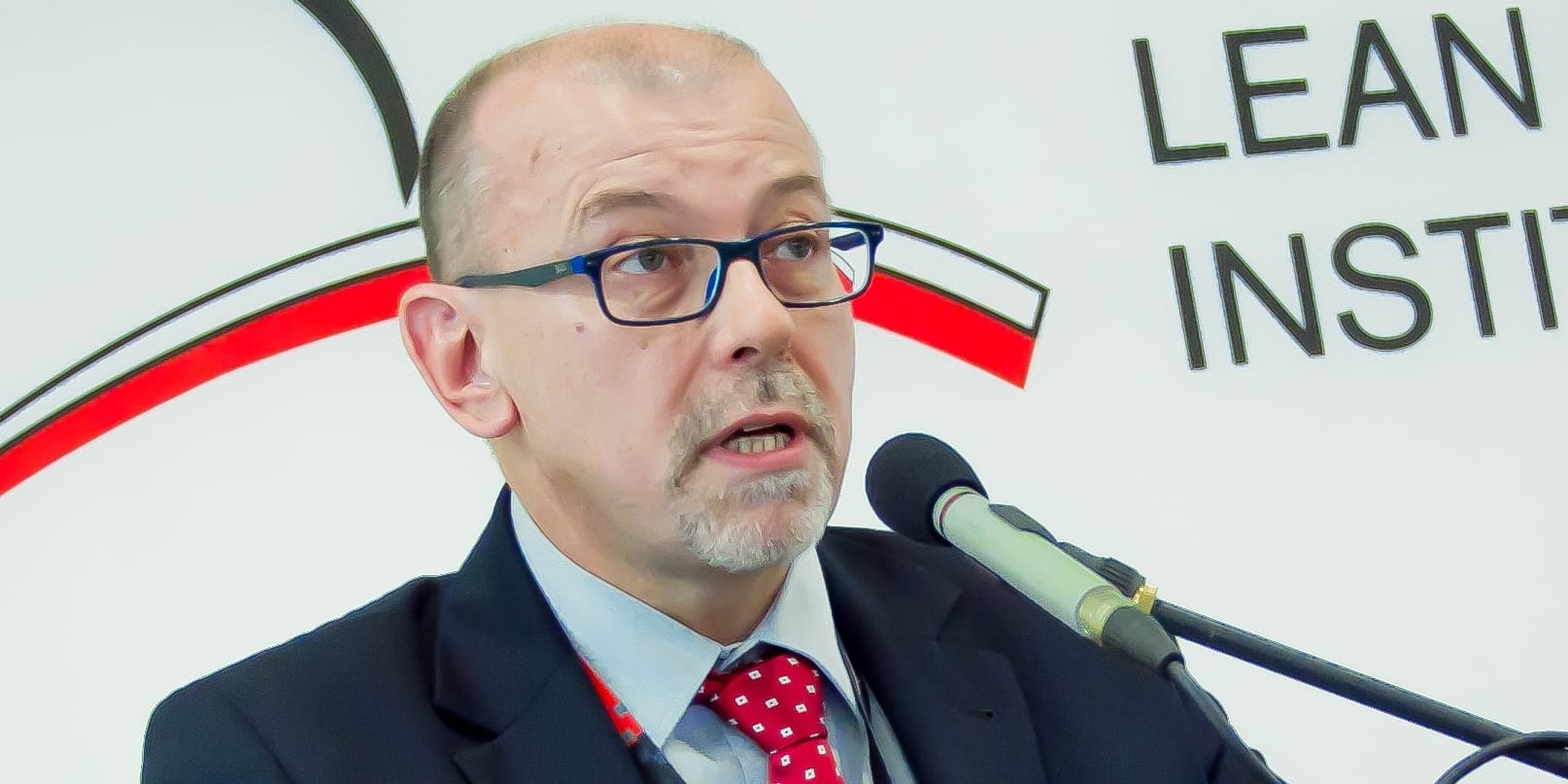
How to harness lean to foster innovation and improve society
FEATURE – We spend a lot of time talking about innovation, but what is the actual impact of leveraging lean management to achieve it? The potential is huge... provided certain conditions are met.
Words: Ayperi Okur, chief researcher, Lean Institute Turkey
Innovation. Depending on where we currently stand on the "spectrum of disruptiveness," this word can either terrify or excite us. Some of us might feel they are making inroads into unlocking the creative potential of our organizations, while others might feel stuck in the old ways. One thing is certain, however: the leaner we are as a business, the easier we'll find it to innovate. Let me share my opinion on why that is.
In our community the debate on how lean thinking can boost a company's ability to innovate is picking up pace. But what is innovation really about? We can define it as the process of transforming ideas into something radically new that makes our lives easier and better (I recently attended an MIT Alumni meeting in London, where the main topic of discussion was how innovation can create a "better world"). Whether it's products, advanced manufacturing technology, software, services, business models, and so on, any innovation should lead to the creation and maximazation of value for the consumer. This means not only meeting customer needs, but anticipating them, as Apple has proved to have understood very well.
You can see where I am going with this: lean is the customer-driven management approach par excellence and its teachings are based on the idea of maximizing value and freeing up an organization's resources – people, space, time and money – so that more can be allocated to innovative projects. There is more: an increasing number of researchers are also of the opinion that a lean enterprise has a solid foundation for innovation thanks to its ability to use all creative ideas for improvement coming from its people.
So the business community is starting to realize lean might just be the best model for innovation available to us. And, indeed, there are already many examples of organizations that have used lean (or lean-like) ideas as part of their innovation strategy: take Pixar, for example, which has increased team-based collaboration and implemented continuous feedback loops to help overcome creative blocks, thus triggering in-house innovation. Another example is Bumrungrad International Hospital in Bangkok, which relies on innovative technology to maximize patient satisfaction. The organization uses a pharmacy robot to put together the daily dosages of drugs each patient must take. These are then placed onto conveyor belts, checked by RFID and then by a nurse, before they are handed over to patients. If this isn't a lean mentality supported by innovation, I don't know what is!
And it's not only businesses that benefit from innovation: environmental, social and economic problems have now become driving forces behind it. These days, not only should any innovation be mindful (and respectful) of the finite resources of our planet, but it should also contribute to solving the extraordinary challenges of our time. As Marc Giget, a French expert on innovation, has said, what we need is innovation in the form of "humanist" change co-designed by all stakeholders and aimed at improving society at large. Another Frenchman, Bernard Stiegler – the head of the Institute of Research and Innovation (IRI) – is talking about a new industrial model now emerging, that of the "economy of contribution."
As Toyota has taught us time and time again, lean has a strong focus on improving society (this is even in the mission statement of our own Lean Global Network) – further proof that innovation and lean thinking are a perfect match.
With The Machine that Changed the World, Jim Womack and Dan Jones proved that lean production is superior to traditional manufacturing; later on, we discovered that lean is actually about leadership behavior and the management system; now we are realizing that, as an approach based on learning, lean is a driver of innovation. The jigsaw puzzle seems complete, but building the innovative organization is easier said than done. Certain conditions must be in place for it to succeed.
ORGANIZATIONAL STRUCTURE FOR LEAN INNOVATION
Innovation needs the right organizational structure to reach its full potential. A company must, first of all, be "all inclusive," because organizations benefit from the participation of all stakeholders (from employees to engineers, scientists to suppliers, and of course customers). In a business, all functions – from R&D to production and sales – should be included in the innovation process. Not surprisingly, this is also what lean teaches us.
In fact, inclusiveness gives way to "open innovation" – a term coined by Henry Chesbrough, an American organizational theorist and professor at UC Berkeley – a concept that suggests that fresh and innovative ideas should be welcome even when they come from outside the boundaries of the firm (universities, science centers, young innovative companies and even amateuers ). Wikipedia is a striking example of this (it has designed a collective network of knowledge to which millions of people can contribute) and more traditional organizations are catching up, too, opening their doors to products invented somewhere on the outside.
Secondly, a company that wants to embrace innovation needs a flat organizational structure. We are all familiar with vertical company structures, and with their pitfalls: a dozen layers between the top and the bottom only adds to costs, delays and complexity. "What processes/layers create actual value for customers?" This is the question business leaders should ask themselves.
It seems that the type of company innovation thrives in very closely resembles a lean enterprise, in many aspects (if you want another example, you can look at the attention lean pays to teamwork, which is a known enabler of innovation). So perhaps we should add an Innovation Office to our companies, perhaps next to the Kaizen Office. Imagine the amazing results this synergy would generate!
Let me finish with a call to arms of sorts. Climate change and increasing global competition, among other challenges, have made the ability to innovate a matter of life and death, pushing more and more companies towards lean principles and practices. The argument that lean is the biggest driver of innovation is undeniable, and organizations must learn to make the most of the methodology (this includes using it in their product development activities, which is where innovation is actually generated). As a community, we should strive to make the connection between lean thinking and innovation clearer than it is today... the world needs it.
THE AUTHOR

Ayperi Okur is a chief researcher at the Lean Institute Turkey, where she has worked since 2010. She holds a PhD from the Massachusetts Institute of Technology, Department of Urban Studies and Planning. Ayperi has worked for Türk Eximbank as a Project Manager in a World Bank Project and at car manufacturer Tofas A.S. as a chief researcher reporting directly to the CEO.
Read more


GETTING TO KNOW US – We continue our series of interviews with Lean Global Network directors with a Q&A with another veteran of the global lean movement, Poland’s Tomasz Koch.


FEATURE – A situation that would be unthinkable in a sports context is an every-day occurrence in many of our organizations. Should we change our way of thinking about our machinery?


INTERVIEW – The former executive of the Toyota Material Handling plant in Italy reflects on how Sadao Nomura’s “Dantotsu” method helped them to drastically improve quality.


FEATURE – No organization can expect to survive without a sound marketing strategy. The author outlines the main elements and advantages of a lean marketing approach.

